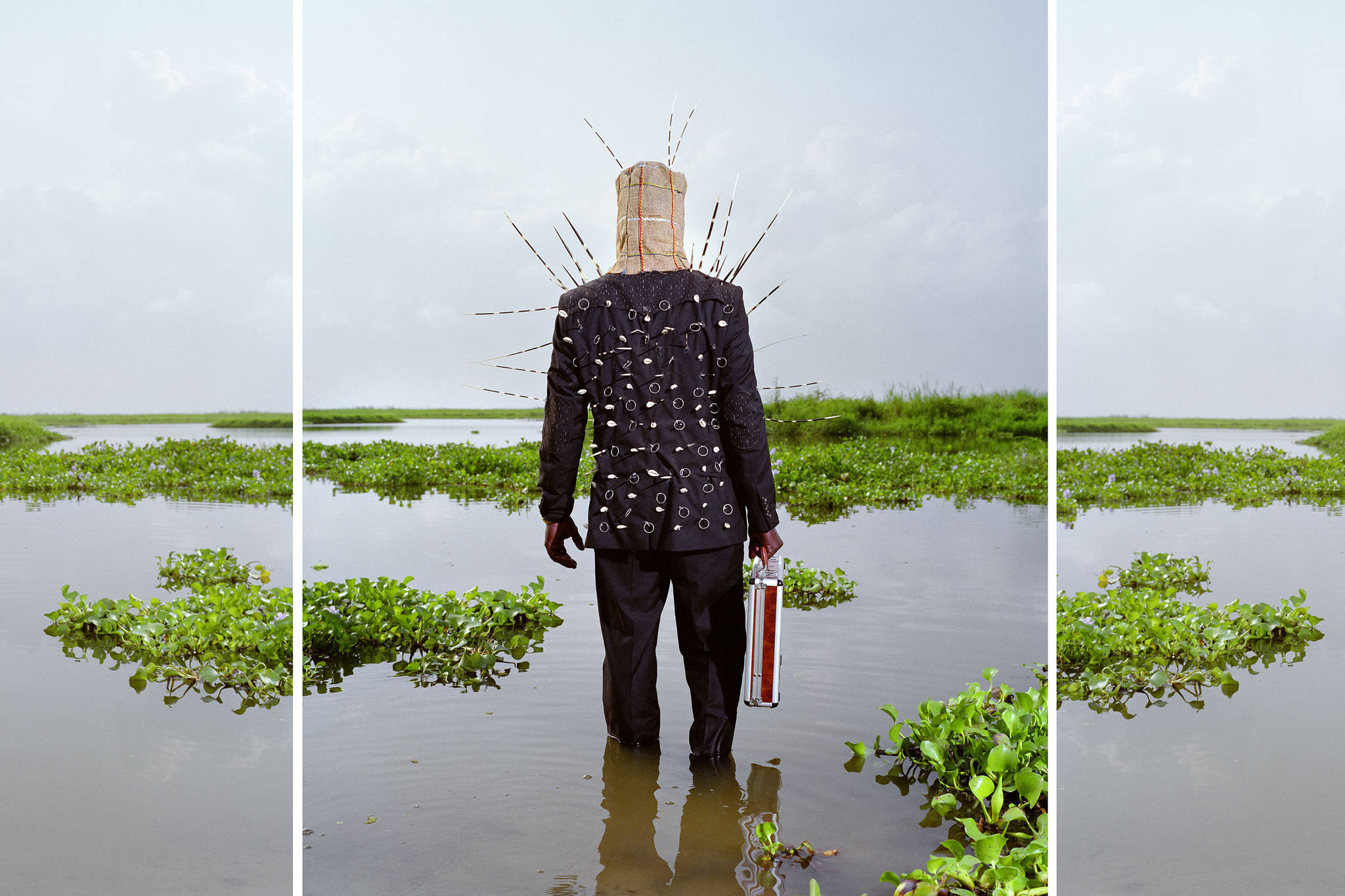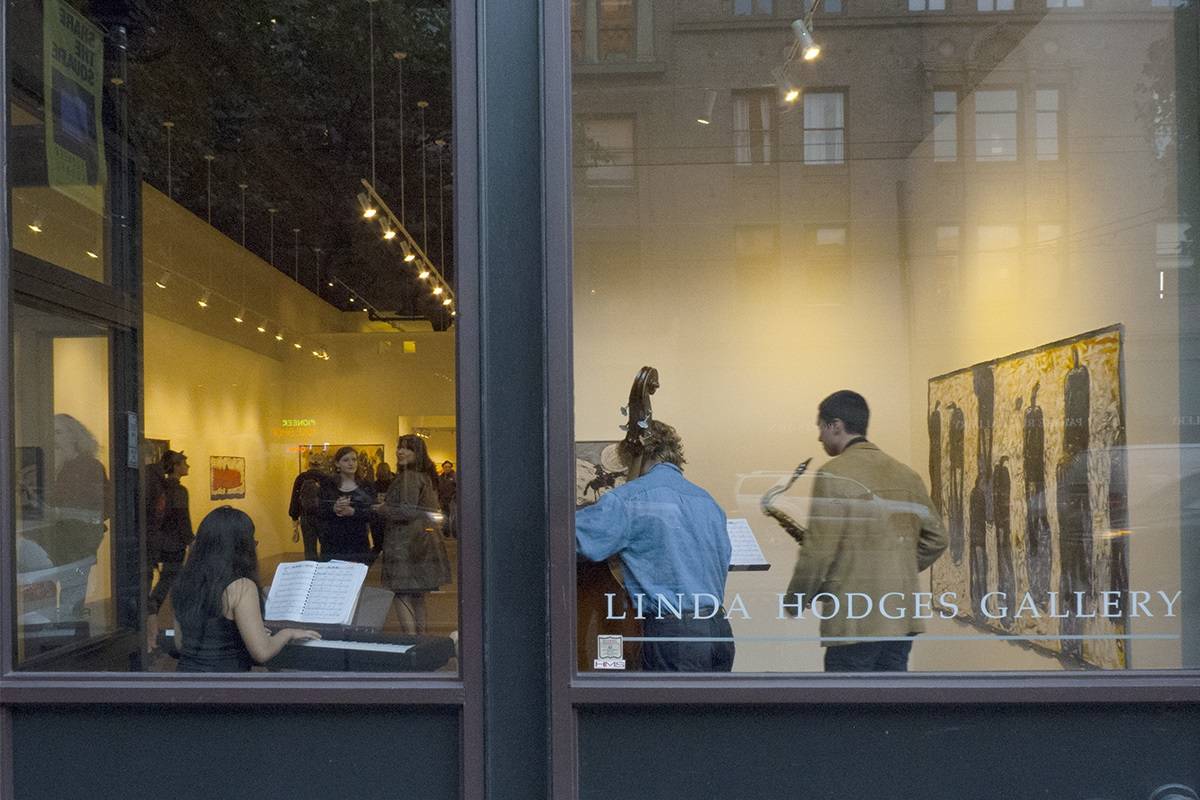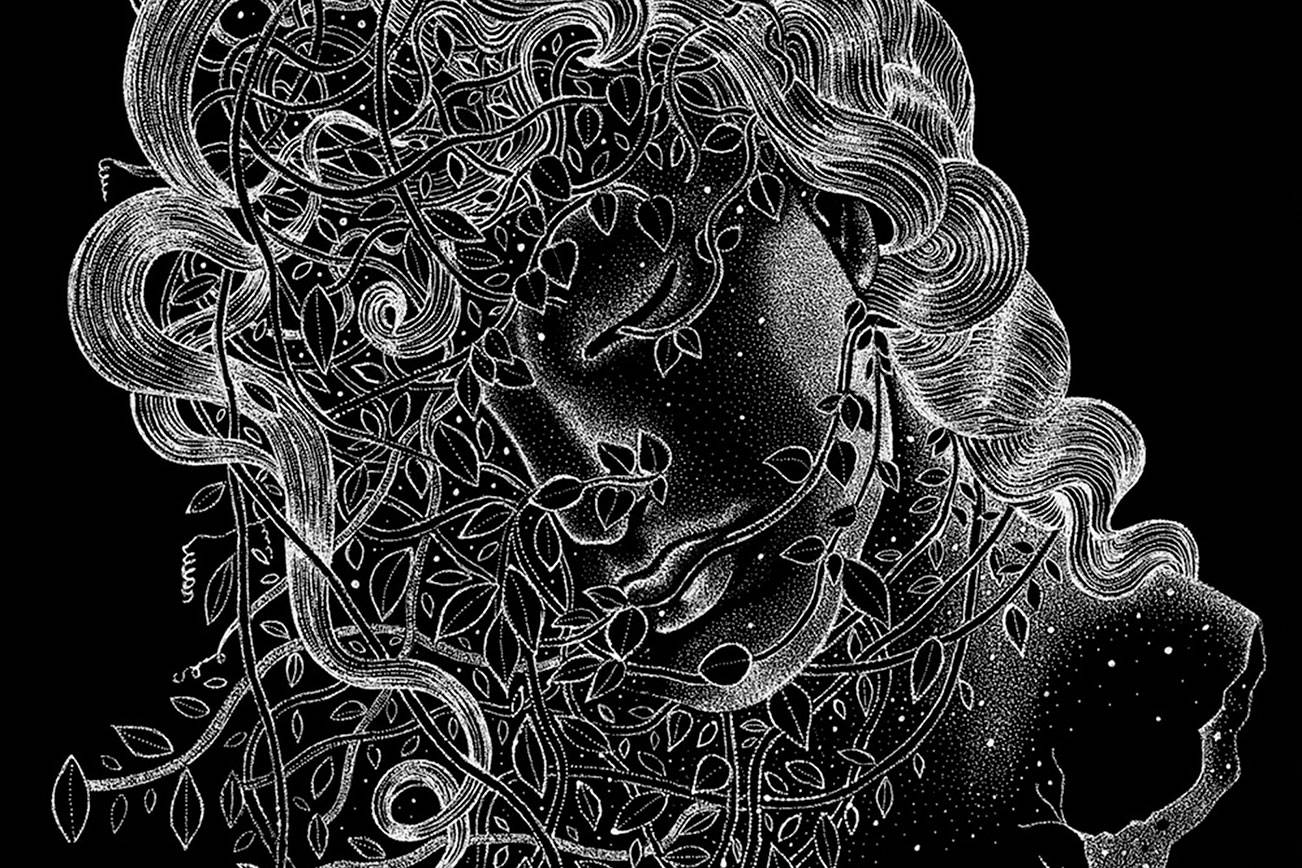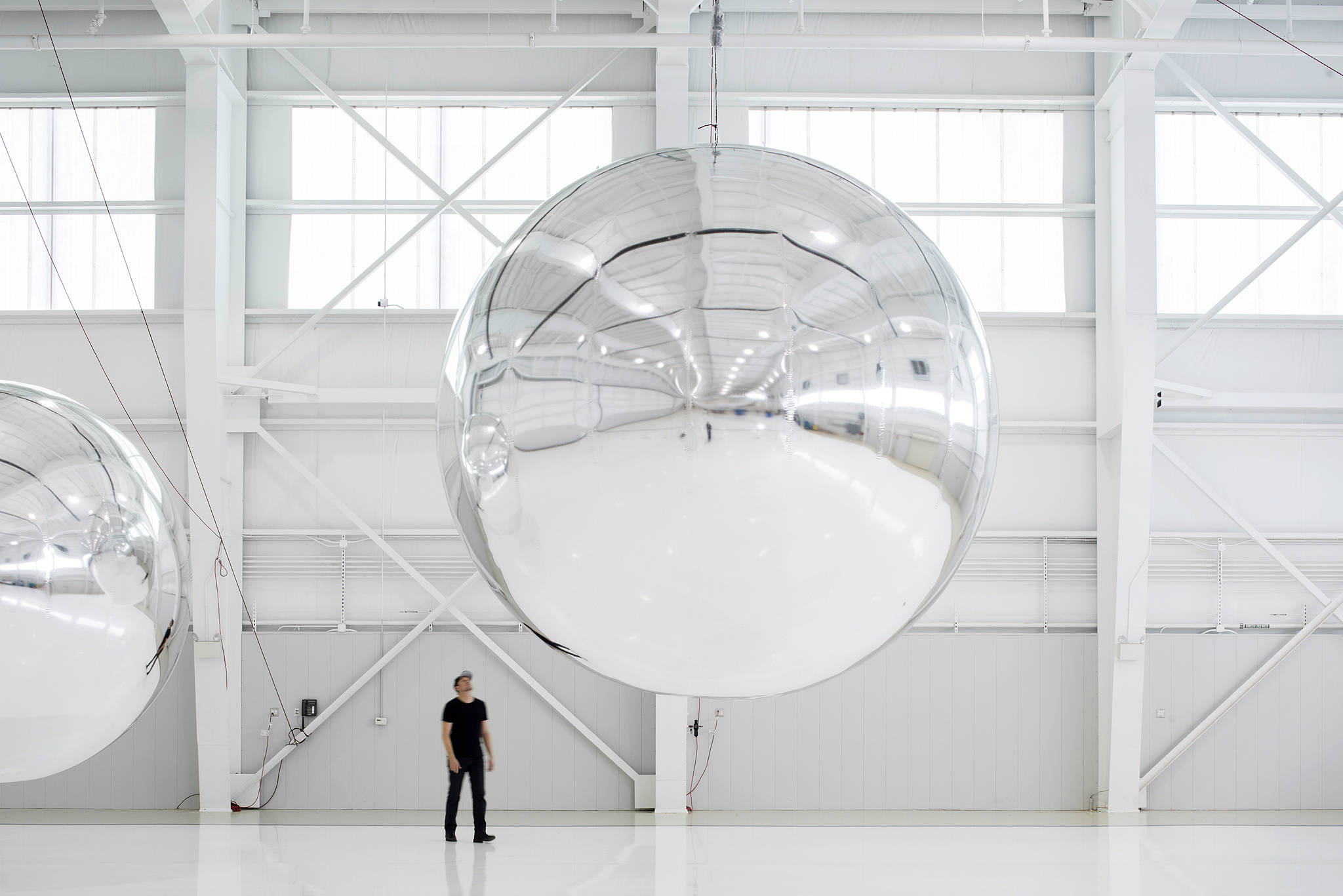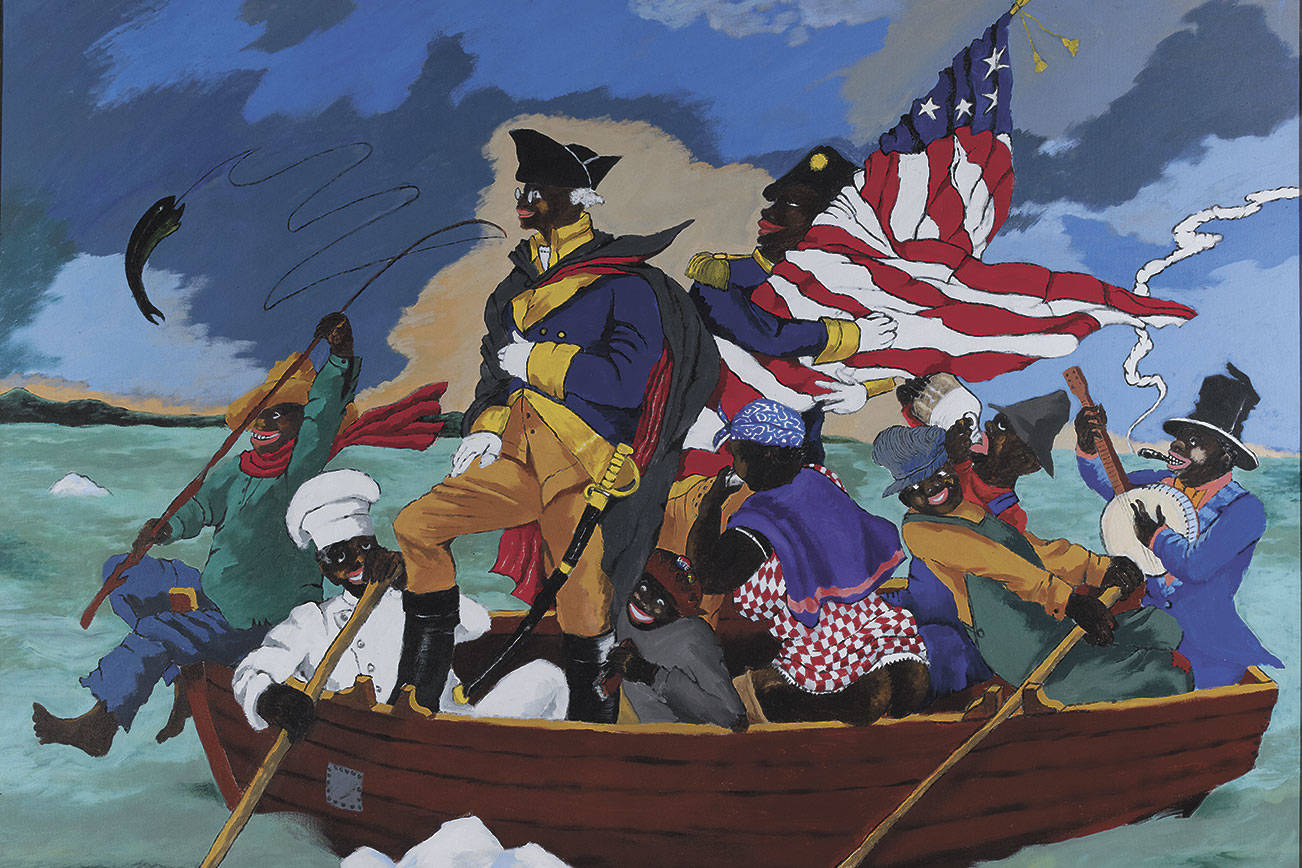It may sound odd, but now really is the perfect time for an art exhibit devoted to the human back.
There is no shortage of faces floating around us. From the famous ones staring out from the fronts of tabloids to those of friends and “influencers” in social-media feeds to pundits on television, we are met constantly with faces that demand our attention but can only respond cursorily, if at all.
That is only one reason that the backs turned to us on the walls of Mariane Ibrahim Gallery are so evocative. In an exhibit aptly titled BACK STORIES, each piece indeed has a narrative—one that often implicates viewers, either as witnesses or actors. Some figures are defiant, others indifferent, but the overall effect is always intimate. Even when it seems that a figure is unaware of our presence, the artist controls our gaze and never reveals too much.
Co-curated by gallery owner Mariane Ibrahim Abdi and scholar and curator Negarra A. Kudumu, the work in BACK STORIES pulls from many traditions and histories and features artists from several continents, the majority of whom are now working in Africa. With the exception of Malick Sidibé, who passed away last April, all the artists are living. Most of the works are photographs, which also makes the show thoroughly contemporary, even youthful in its overall affect.
That said, it’s worth touching on the historical presence of the backside in art, as this reveals changing attitudes toward the body, from ancient representations through the tumultuous 20th century to the present. In ancient works, especially in Greco-Roman sculptures, a pose that revealed or even emphasized the back typically focused on the fundament in a pose known as anasyrma. The beautiful butt (properly called “callipygian”) may have had an erotic affect, but its beauty and its defiant turn were also devised to turn away evil spirits, the invisible forces that brought disease and sapped the vitality that the callipygian form so eloquently expressed.
Of course, the eroticism cannot be overlooked. Biblical tales, such as that of Susanna and the elders, were readily adapted to present an ample view of the female fundament, from the Renaissance to the peak of academic art in the 1800s. Then of course there is Ingres’ Grande Odalisque, whose distorted anatomy is designed expressly to center attention between the cheekiest regions of her body, above and below.
But in the 20th century, a substantial shift occurred: The figurative form was increasingly lost in abstraction, and when the body did appear most recognizably, it was often fragmented or deformed. By the time Abstract Expressionism peaked, the body was almost annihilated in art. When it began to resurface in Pop Art, it existed as a caricature, a proxy of a proxy, both enabled by and responding to mass reproduction.
The human figure may have waxed and waned in importance according to critical discourse, but what could be more important and more sovereign to the individual? It may be problematic—frail, unpredictable, inadequate against equally unpredictable political and natural forces—but it is this very vulnerability that humbles us and demands curiosity, and this humility and curiosity are the seeds of art.
The artworks in BACK STORIES regenerate this humility and curiosity in their own ways. Photographer Jean-Claude Moschetti documents mystery religions in West Africa, and his large triptych Tchakatou (“bewitchment”) presents us with the most outwardly unsettling figure: A man stands knee-deep in a flooded field, his head hooded and covered with quills. It is the human figure as talisman, but ambiguously so. The most candid image is a photo by Scarlett Coten, from her ongoing portraiture series Mectoub, which documents men in the Mediterranean basin. The casual slope of the man’s bare back and his slightly turned head are the closest thing present to Ingres’ Odalisque, but reversed in every conceivable way.

Egg Man, by Maïmouna Guerresi
It’s worth noting here that the advent of photography may have democratized the production of images in the past century, but it did nothing to subvert the male gaze. If anything, it made the objectification of any body—but especially the female body—more efficient. The tide is not exactly turning, but one may see readily through social media that the drive for self-objectification is impartial to sex. From selfies to belfies (so much for anasyrma), the rush of presenting an idealized vision of one’s own body to an audience might color our perceptions of self-portraiture.
I hope that is not the case when one views the art of Ayana Jackson, who has created several works using herself as a model to embody women across generations, sometimes mimicking the appearance of historical portraiture, as in her Archival Impulse series. A newer work in BACK STORIES shows her in a gorgeous white dress against a white backdrop. She seems to be almost hopping or dancing gracefully away. One may see in it lightness and optimism, but also disappearance and erasure.
These latter attributes are more apparent in a work of Zohra Opoku, which shows only the trace of a body. A silken dress seems to be filled by a torso, but slumps forward limbless against a pale background. It is a ghost, a fragment familiar to us after the 20th century: a body that has been rubbed out, made invisible against its will. Because it seems to represent what we seem to fear most—either a living death or a literal one—its story is the one many of us will most want to know.
But the artworks in BACK STORIES very carefully sidestep divulging a whole story. They invite multiple, sometimes utterly contrary, views. That tension is precisely what makes them effective, and what is most essential to understand in a world where all contrary views seem increasingly polarized and irreconcilable.
The show’s sole piece of sculpture greets visitors on the way in and sees them off as they leave. Egg Man, by Maïmouna Guerresi, at first glance looks like a full body in a fetal position, but closer examination reveals that the legs terminate together in a smooth curve that gives the form a truly egglike unity. The title, the medium, and the form can imply a pitiful fragility, but as with the other works, one can’t accept this interpretation alone. Harkening back to ancient traditions again, its gold color evokes alchemical associations: a homunculus, a seed of something more complete. Do we dismiss the body before us, or do we feel that essential empathy, curiosity, and humility with it?
In BACK STORIES, we may get a singular angle of the body, but our perspective can shift dramatically. Stuck as we are in our own fragile bodies, whatever stories we derive from these works are also are our own. Mariane Ibrahim Gallery, 608 Second Ave., marianeibrahim.com. Ends March 25.
visualarts@seattleweekly.com
